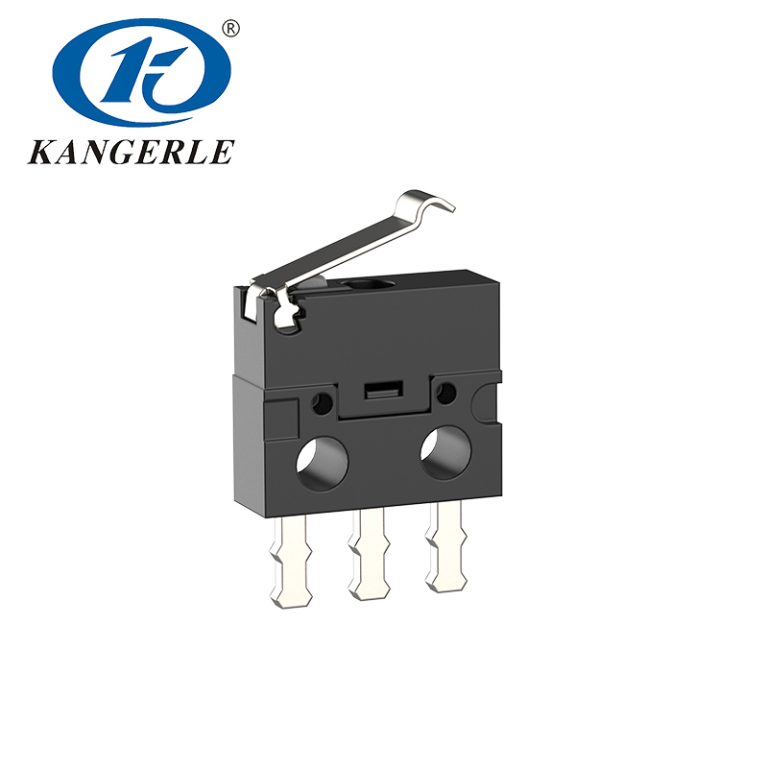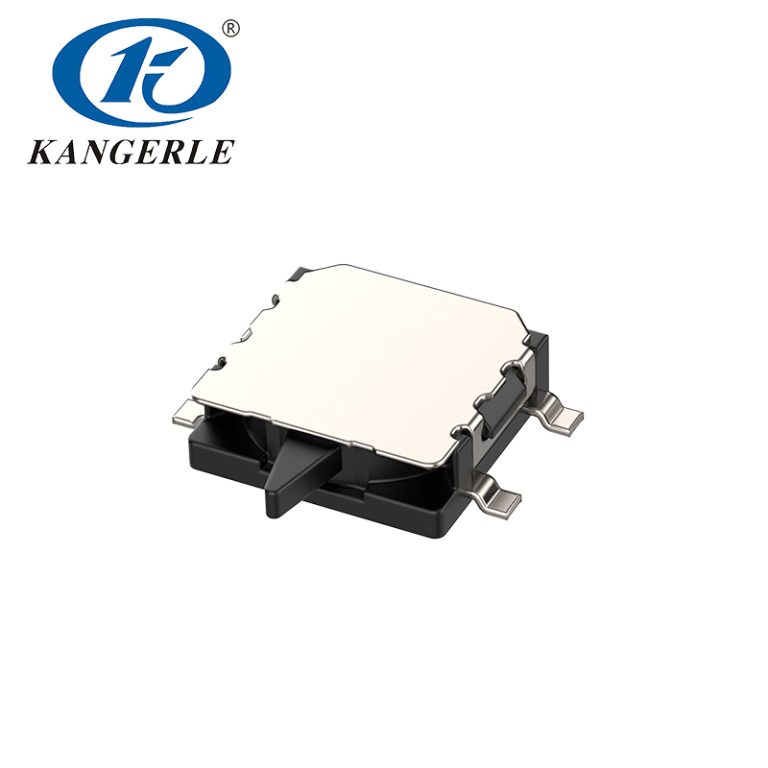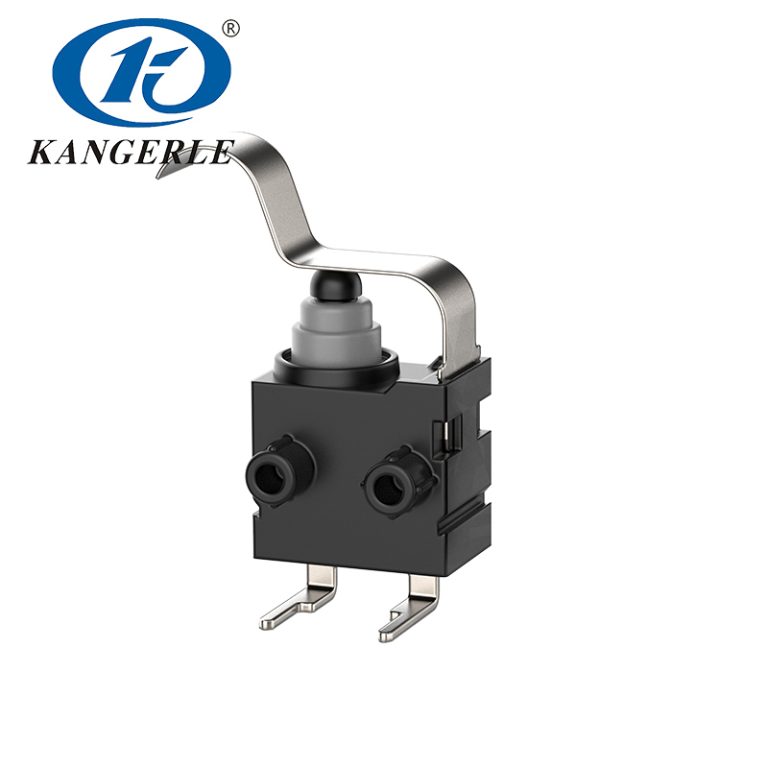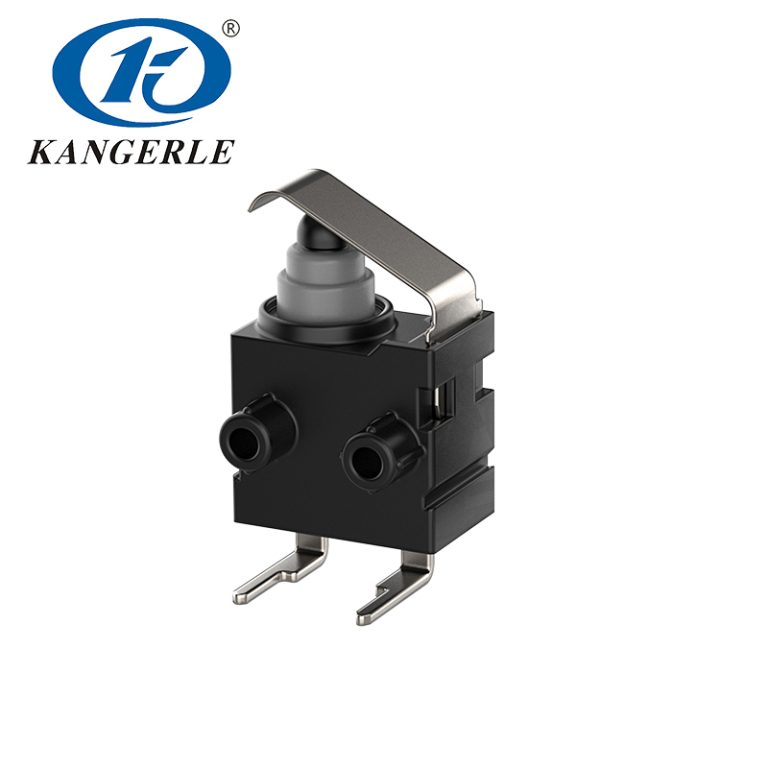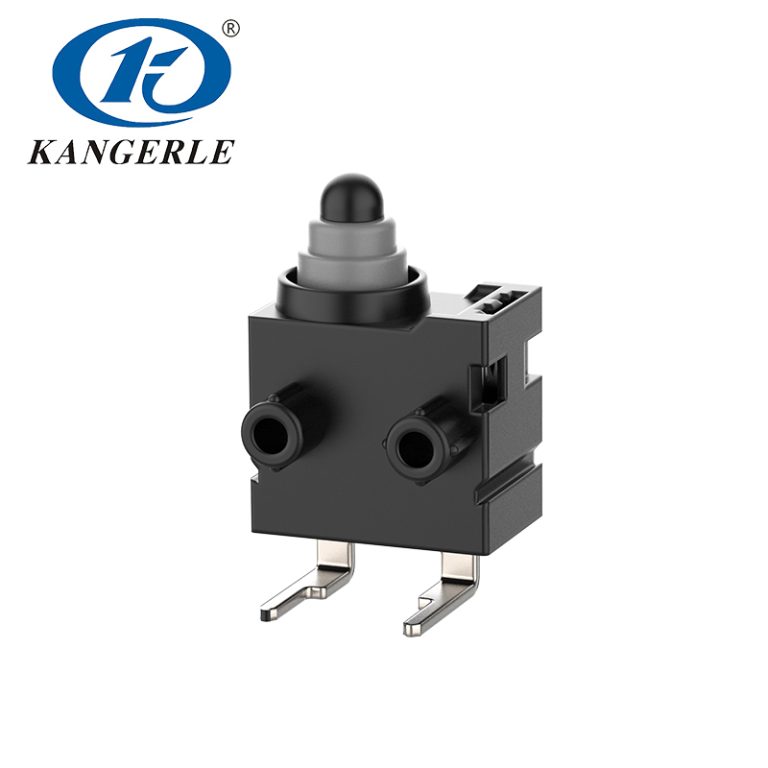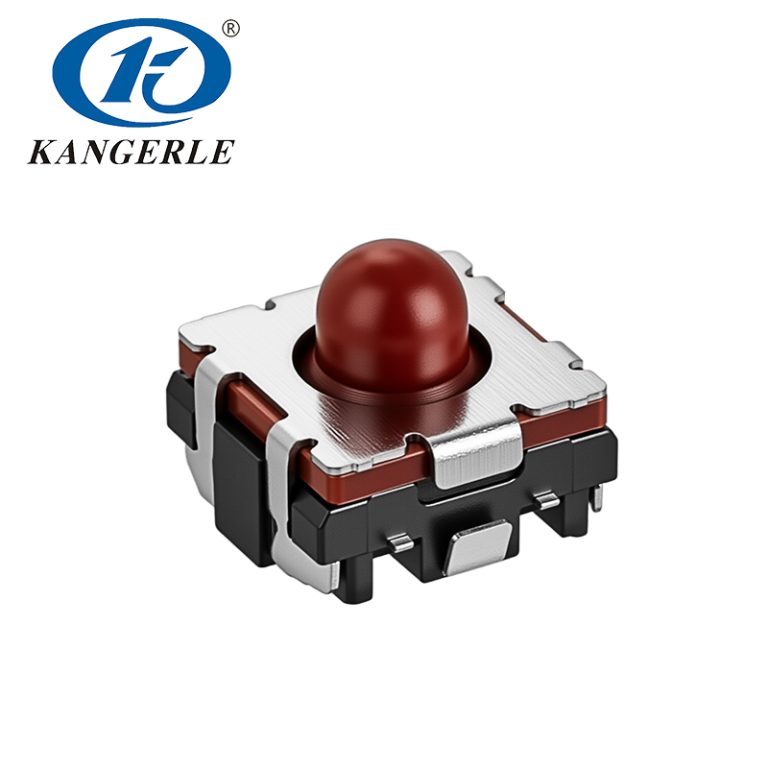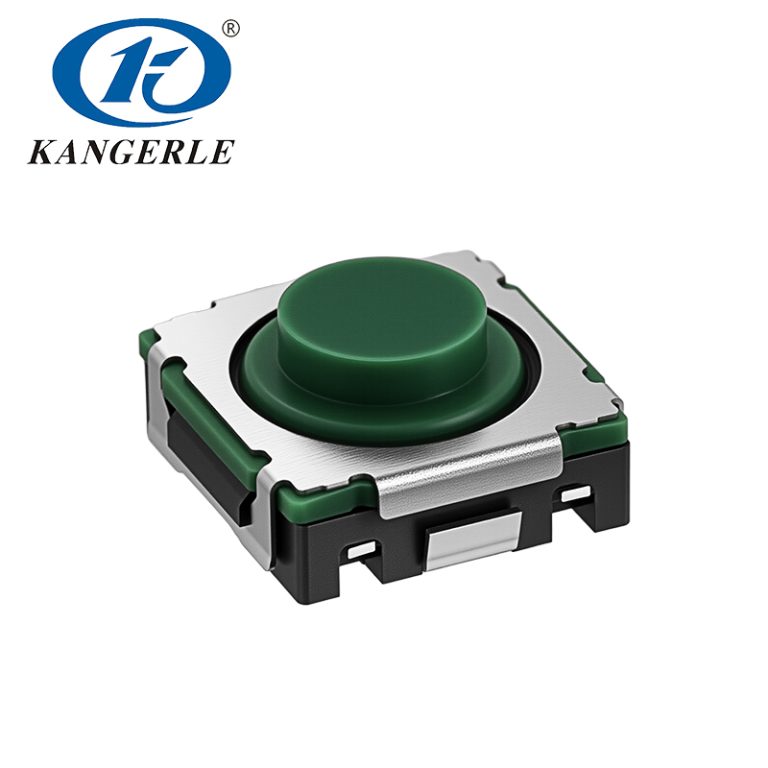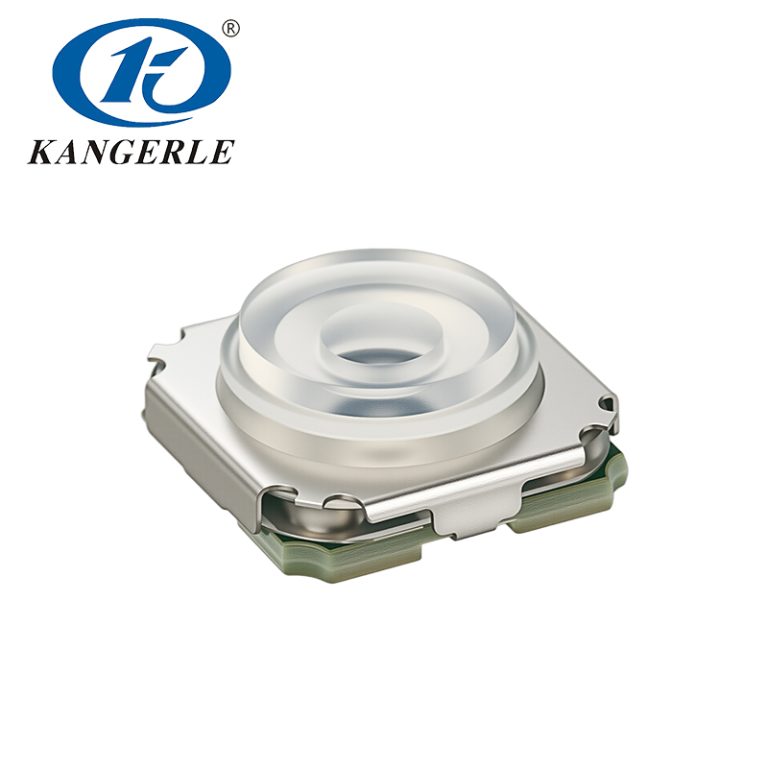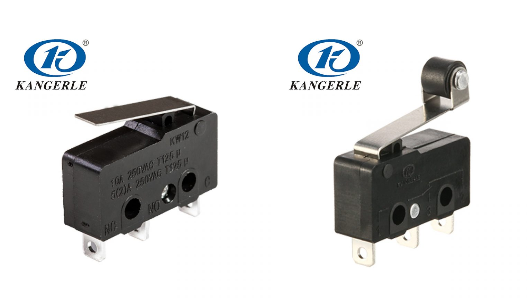
Cars today pack in tons of tech. From smooth door locks to precise seat adjustments, little components make it all happen. Micro switches stand out here. These tiny devices trigger actions with a quick snap. If you’re into car design or just curious about what keeps your ride running, understanding micro switches opens up a world of insight. They handle everything from safety features to comfort tweaks. Let’s dive in and see how they fit into the mix.
Ever hit a bump and wondered how your car stays so responsive? Micro switches play a key part. Small but mighty, they sense positions and send signals fast. In this post, we’ll cover their basics, car applications, and why they matter. Stick around – you might spot them next time you drive.
What Exactly Are Micro Switches?
Micro switches go by limit switches sometimes. They react to physical changes. A lever or button presses, and contacts inside connect or break a circuit. Simple, right? But that snap action ensures reliability.
Key parts include a spring-loaded plunger, metal contacts, and a tough housing. When force hits, it moves the plunger. This flips the switch state – on to off, or vice versa. Electrical ratings vary. Some handle up to 16A at 250VAC, others low like 0.1A at 12VDC. Temps range from -10°C to 125°C, fitting car extremes.
Why the name “micro”? They’re compact. Fit in tight spots. Circuits can be single pole double throw, normally open, or closed. Contact resistance stays low, under 50mΩ for some, keeping signals clean. Insulation hits 100MΩ or more, blocking leaks.
In cars, they need toughness. Dust, vibrations, heat – all test them. Waterproof versions seal to IP67 after wiring, shrugging off splashes. Lifespans reach 1 million mechanical cycles, 100,000 electrical. Certifications like UL, TUV, CE back their safety.
Not all switches match cars. High-current ones suit power windows; low-voltage for sensors. Pick wrong, and failures creep in. But get it right, and they last miles.
How Micro Switches Work Inside Your Car
Cars use micro switches everywhere. They detect, control, and protect. Think of them as silent guardians. Press a button, and one might trigger. Here’s a closer look at their spots.
Door Systems and Locks
Doors rely on them heavily. A micro switch senses if a door’s ajar. It signals the dash light or chime. In locks, they confirm latch position. Power locks click thanks to these.
How? The door handle or key turns, pressing the switch. It sends a signal to the module. Benefits? Quick response cuts theft risks. Plus, they save power – only activate when needed.
In trunks or hoods, similar setup. Hood open? Switch breaks the circuit, maybe disabling the starter. Safety first. Vibrations don’t faze them; sturdy builds handle road shakes.
Seat Adjustments and Safety
Seats move smoothly with micro switches. Adjust forward, back, up, down – switches detect limits. They stop motors at ends, preventing jams.
For heated seats, they sense temperature or position. Airbags tie in too. Switches detect if someone’s sitting, deploying only when needed.
Safety belts use them. Buckle clicks, switch closes, silencing the beep. Unbuckle? It opens, alerting you. Simple but lifesaving.
Benefits shine in comfort. Smooth adjustments feel premium. Durability means fewer fixes. In crashes, reliable sensing aids protection.
Braking and Lighting
Brake lights glow when you stop. A micro switch at the pedal does that. Press down, it activates. Release, off. No false lights.
In parking brakes, they confirm engagement. Electronic versions use them for feedback.
Headlights or turn signals sometimes incorporate them. Auto-dimming mirrors? Switches sense glare.
Why useful? Instant signals boost road safety. Low failure rates keep lights working. In wet conditions, sealed types resist corrosion.
Gear Shifts and Transmission
Shifting gears involves precision. Micro switches detect lever position in automatics. They tell the control module your choice – park, drive, reverse.
In manuals, they might back up lights when reversing. Or prevent starting in gear.
Electric cars use them in chargers or battery compartments. Sense if plugged right.
Advantages? Smooth shifts, no grinding. Feedback loops catch issues early. Long life reduces service visits.
Other Hidden Spots
Windows roll with micro switches. They hit end stops, halting motors. Prevents overloads.
Wipers sense positions for intermittent modes. Fuel doors or caps use them to detect open states.
In EVs, battery doors or charging ports rely on them for safe connections.
Table of common spots:
| Car Part | Micro Switch Role | Key Benefit |
| Doors/Locks | Detect open/closed, lock status | Enhances security |
| Seats | Limit adjustments, occupancy sense | Improves comfort/safety |
| Brakes | Activate lights, confirm parking | Boosts visibility |
| Transmission | Gear position detection | Ensures smooth operation |
| Windows | End-of-travel stops | Prevents damage |
See how they weave in? Each spot demands reliability. Cars vibrate, heat up, cool down. Micro switches endure it all.
The Big Perks of Using Micro Switches in Vehicles

Why pick micro switches over others? They bring real upsides.
First, precision. Snap action means clear on/off. No halfway states. In cars, that avoids glitches.
Durability next. High cycle counts – up to a million mechanical. Cars last years; switches match.
Size helps. Compact, they fit dashboards, pedals, anywhere tight.
Cost-effective too. Low power draw, long life cut replacements.
Safety stands out. Certifications ensure they meet auto standards. IATF16949 for quality.
Versatility. Waterproof for exteriors, high-temp for engines.
Downsides? Rare, but dust can jam if not sealed. Proper install fixes that.
In design, they simplify circuits. One switch, multiple functions.
For makers, easy sourcing. Suppliers offer customs.
Users notice indirectly. Smooth rides, no annoyances.
Factors to Consider When Picking Micro Switches for Cars
Not all fit every job. Check ratings. High current for motors, low for signals.
Temp range matters. Engine bays hit 125°C; cabins milder.
Force needed – 50gf to 350gf. Too stiff, hard to trigger; too light, false positives.
Circuit type: SPDT for versatility.
Protection: IP67 for wet areas.
Lifespan: Match to expected use.
Test in prototypes. Vibrate, heat, see if they hold.
Real-World Impact on Car Performance
Imagine a fleet. Micro switches cut downtime. In EVs, they aid efficiency.
Trends: Smarter cars need more sensors. Micro switches evolve, adding smarts.
Future? Wireless, but wired reliability stays key.
They boost user trust. No failures mean happy drivers.
Zhejiang Kangerle Electronics Co., Ltd: Your Micro Switch Supplier
Zhejiang Kangerle Electronics Co., Ltd kicked off in 1993 in Wenzhou, China. They cover 20,000 square meters and crank out over 50 million pieces monthly. Specializing in micro switches, plus detectors, limits, rockers, slides, tacts, and push buttons. Their gear hits cars, appliances, security, comms. With ISO9001:2015, IATF16949:2016, and certs like UL, TUV, CE, CB, RoHS. Team includes 20+ engineers, 50 techs, 40 managers. They focus on quality, innovation, and customer ties. Products sell nationwide and abroad.
Conclusion
Micro switches quietly power your car’s smarts. From doors to brakes, they sense and act fast. Their toughness and precision keep things safe and smooth. As cars get techier, these little heroes stay vital. Pick right, and your ride thrives.
FAQs
How is a micro switch used in cars for door systems?
A micro switch used in cars detects if doors are open or closed. It triggers lights or alarms, adding security. Sealed types handle moisture well.
What benefits come from a micro switch used in cars’ seat adjustments?
The micro switch used in cars limits seat travel, preventing motor strain. It senses occupancy too, aiding airbags. This boosts comfort and safety.
Can a micro switch used in cars handle harsh conditions?
Yes. A micro switch used in cars withstands vibrations, heat up to 125°C, and dust. Waterproof versions seal tight for reliability.
Why choose a micro switch used in cars over other types?
A micro switch used in cars offers snap action for precision. Long life – up to a million cycles – cuts fixes. Certifications ensure auto-grade quality.

